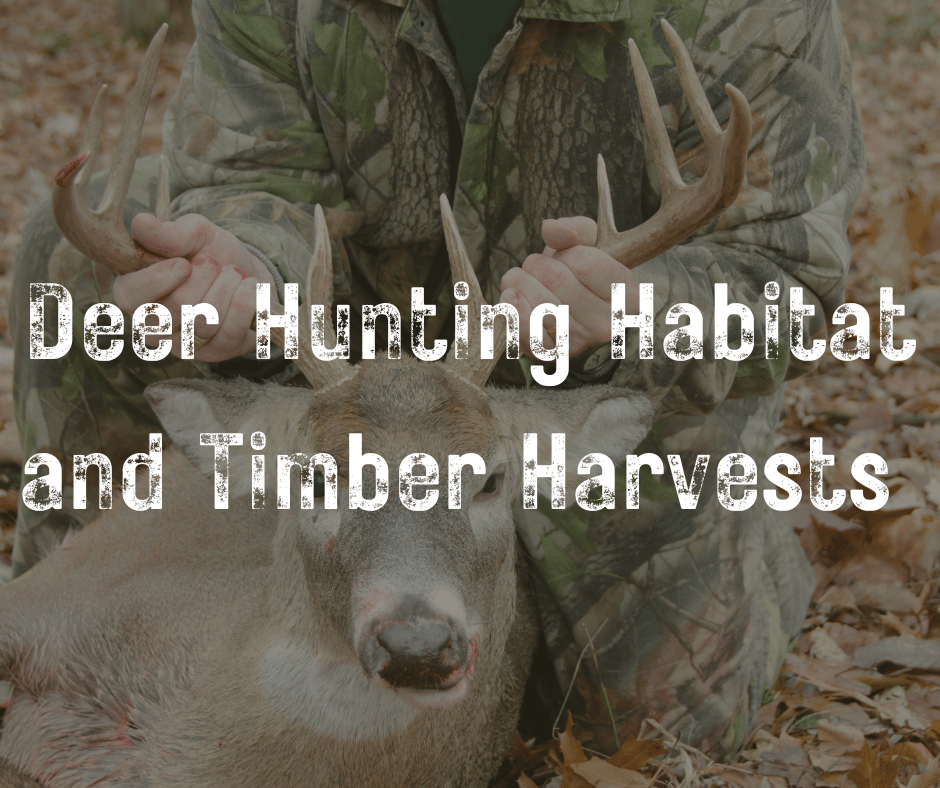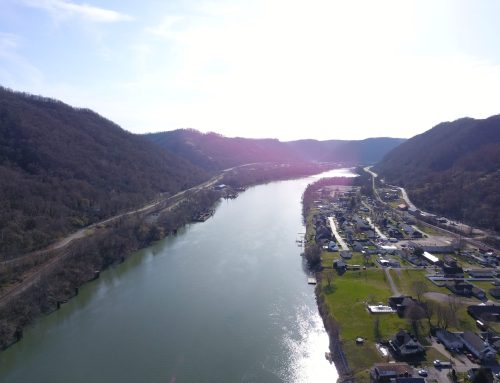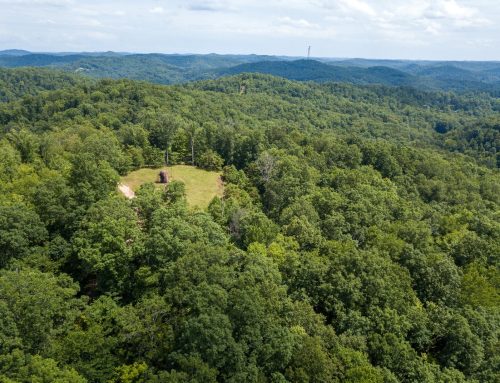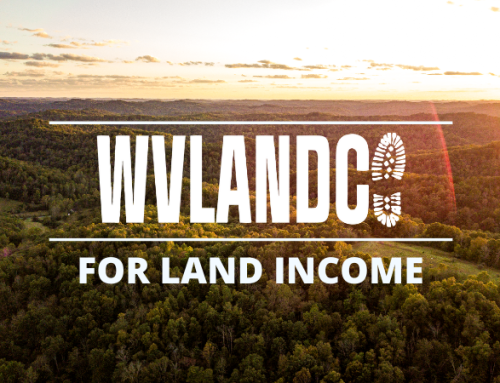There is a direct correlation between old growth forests and whitetail deer population, and it may surprise many landowners and hunters. The popular opinion is that deer favor the same forest ecosystem as people. Wide open woods, tall mature trees, little understory brush, and little to no light hitting the forest floor, are all characteristics that people value and enjoy in the forest and imagine deer would too. In reality, deer don’t favor alot of these same environments and forests that we prefer. Our preferred human condition, park like forests, actually create more of a deer desert or passing through area for whitetail.
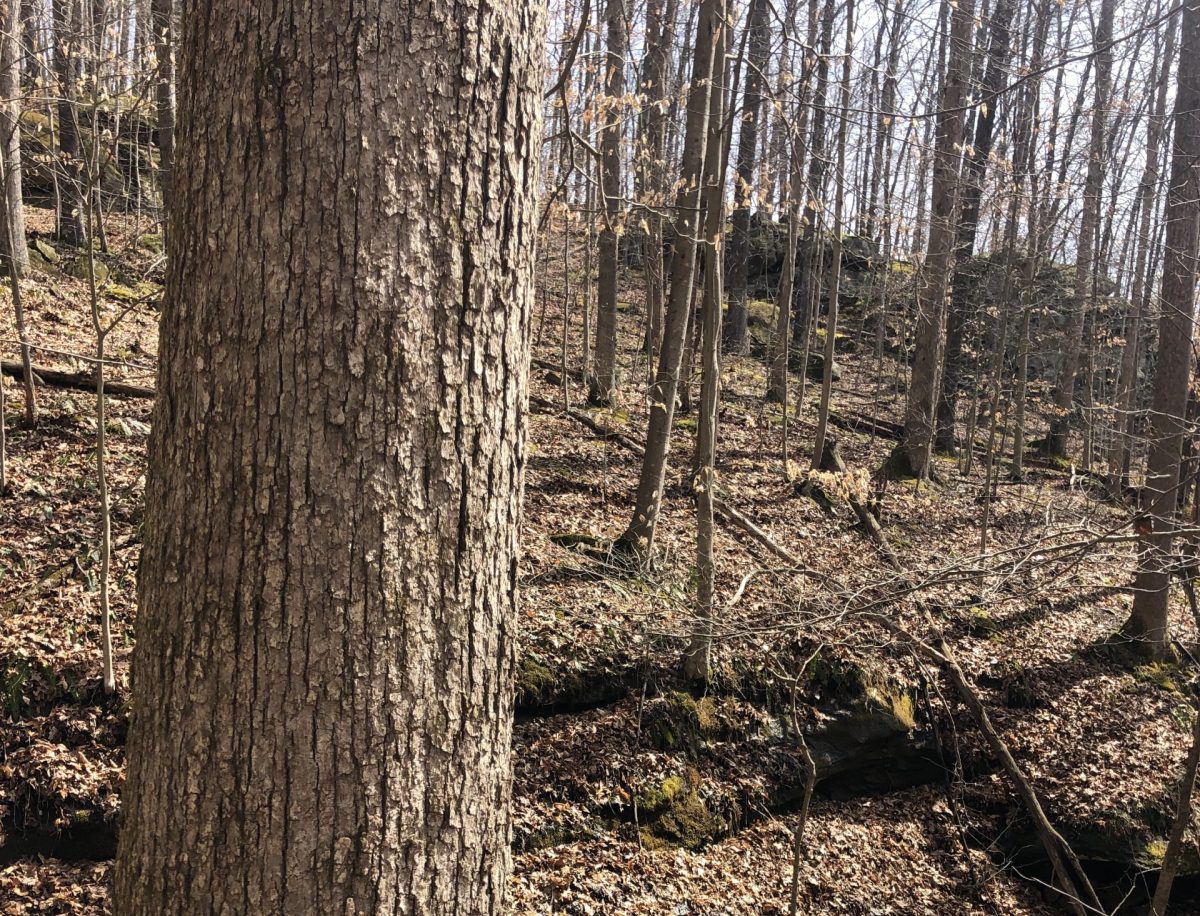
White oak in mature/late successional forest
But why is that? Don’t deer need acorns? And don’t those tall mature oak trees produce a lot of acorns? Common to popular opinion, deer and squirrels do not share the same diet and habitat preferences. Yes, deer do like acorns, but acorns are not consistently available throughout their lifecycle. Both White Oak and Red Oak families only produce an acorn crop every few years, and these acorns are only viable on the ground for a number of months. If there are late frosts in the area then no acorns will form in the oaks that year. So acorn mast is only a main food source for deer within a very limited window. If the mast is thick one hunting season, then yes that mature forest will attract deer. But if the mast isn’t thick, which the majority of the time it isn’t, then deer will have no need to stay in your hunting area. Basically if deer depended on acorns from mature forest stands only, they would starve to death.
YouAlong with inconsistent mast production, mature forests also provide little to no cover, bedding areas, or most importantly woody browse. Woody browse is the predominant staple of a deer’s diet, the ground level to low hanging twigs, leaves, and buds of trees, shrubs, forbes and grasses. These all all present in some percentage or another in what foresters call early to mid-successional forest habitat. This is most often forest that has been cut for timber and sometimes cut hard and where the sunlight is able to reach the forest floor. The new availability of sunlight in these areas start to produce a greater number of trees per acre, lower diameter size classes, natural grasses and forbes, and much a different biodiversity than mature forests. With all of these characteristics and this new growth going on there is a much greater supply of cover, bedding area, and brush that provides more favorable habitat to deer in addition to the ample food sources. Deer can browse more, eat a diverse healthy diet and feel more safer in the cover in the process.
The easiest and most practical way to create better deer habitat is to increase the area or acres of early to mid-successional forests on your land. This is usually accomplished by performing a timber harvest. Harvesting timber will remove some of the mature trees with large canopies. Removing these large canopies will open up areas where the sunlight can reach the forest floor, allowing the new habitat conditions to flourish.
Keep in mind also that a heavy mast crop that only MAY occur needs to be a stand of mature trees that are predominately oak, not maple or poplar. Early to mid-successional forests provide a readily available year round food supply. If you want to produce a more healthy and populous deer presence and more productive hunting on your property then you need to produce more browse, bedding, and cover. Creating early-mid successional forest stands will greatly amplify all of these needed criteria.
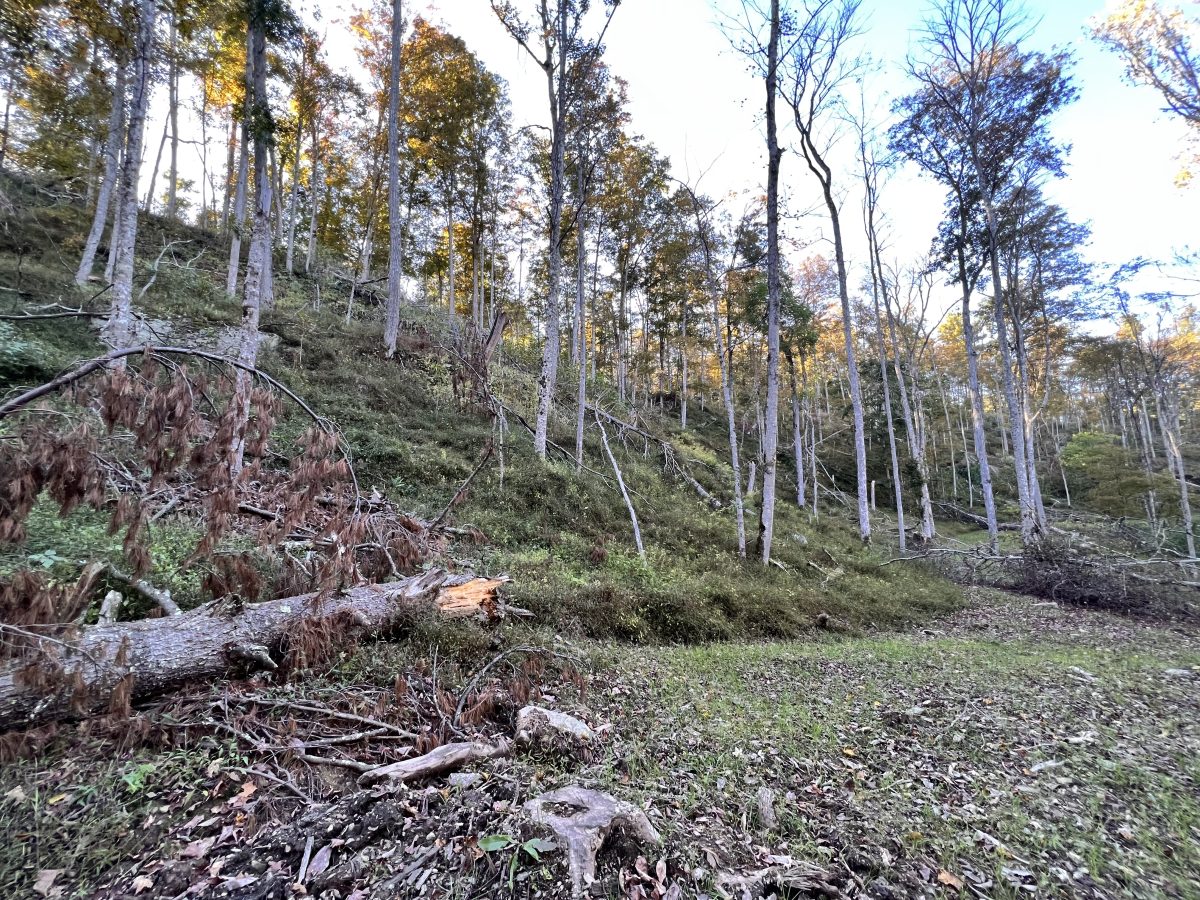
Example of mid-successional forest 3 months after selective harvest
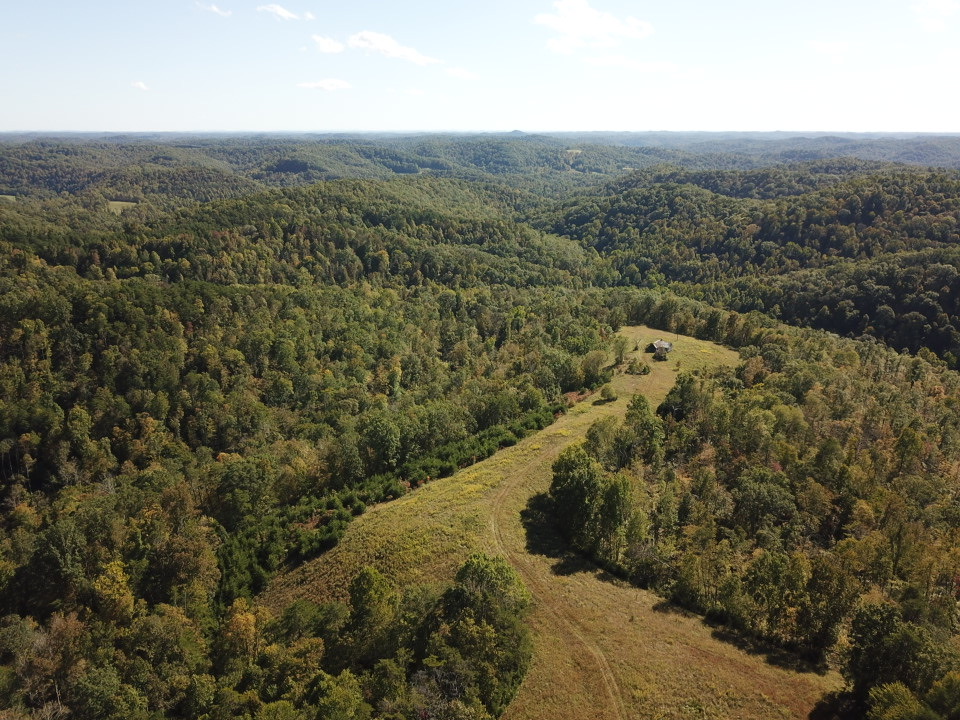
Open, natural grass field with shrubs and saplings on the fringe
In our management plans for landowners we often recommend a mix of forest landscapes. Some mature forest acres, some early succession and mid succession acres and some open (natural grass, shrubs, tree saplings and forbes) acres. These combinations of interfaces between these diverse acres also create edge effects that deer will travel through to get to the the various habitats and covers they like. Keeping mature and old growth forests on an entire tract will attract deer to the “White Oak patches” when they produce but good overall habitat, health of the whitetail herd and your hunting will benefit much more from a diverse forest age mix combined with some naturally developing open lands.
Cole Parsons,
Forester, WVLandCo Companies

